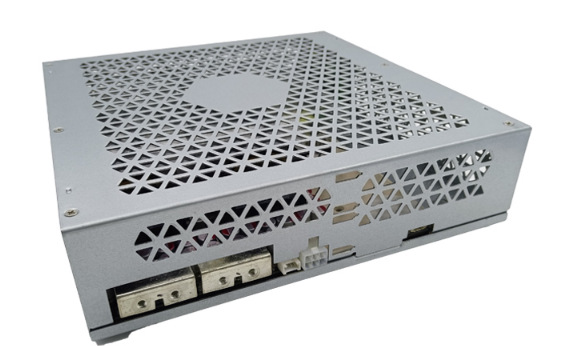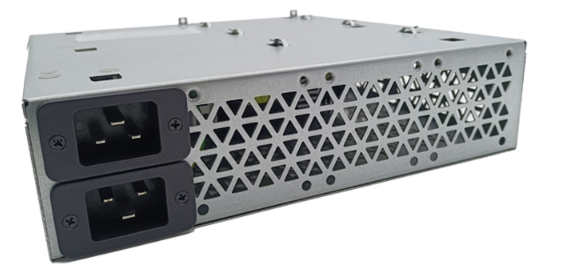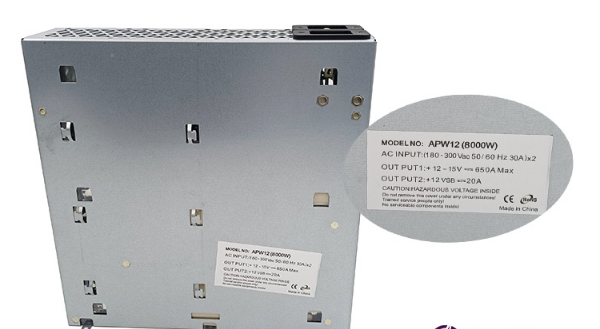How to troubleshoot the APW12 8000W PSU in case of power failure?
August 9, 2025
How to Troubleshoot the APW12 8000W PSU in Case of Power Failure?
Cryptocurrency mining operations demand reliable and robust power supply units (PSUs) to ensure uninterrupted performance and maximum efficiency. Among the top-tier solutions available, the APW12 8000W PSU stands out as a professional-grade power delivery system specifically engineered for high-performance mining rigs like the Bitmain Antminer S19 series. However, even the most advanced equipment can encounter issues, and power failures are among the most common challenges mining operators face. In this article, we’ll explore how to effectively troubleshoot the APW12 8000W PSU in case of power failure, ensuring minimal downtime and optimal performance.
Introduction to the APW12 8000W PSU
The APW12 8000W PSU is a cutting-edge power supply unit designed to meet the rigorous demands of modern cryptocurrency mining. With an impressive 8000W output, it is optimized for use with the Bitmain Antminer S19 and S19Pro models, particularly in overclocked and immersion-cooled setups. Its wide input voltage range (260V to 305V) and robust operational temperature range (-20°C to 45°C) make it suitable for industrial mining environments, including those with extreme climate conditions.
One of the standout features of the APW12 8000W is its advanced cooling capability, which is purpose-built for immersion cooling systems. This ensures superior thermal management, a critical factor in maintaining operational stability in high-performance mining environments. Additionally, the PSU incorporates a comprehensive protection suite, including safeguards against short circuits, overcurrent, overvoltage, and overtemperature, ensuring both the power supply and connected equipment remain secure during operation.
Despite its advanced design, power failures can still occur due to various factors, ranging from external electrical issues to internal component malfunctions. Below, we’ll delve into practical steps to troubleshoot and resolve these issues efficiently.
Step 1: Verify External Power Supply
Before diving into the PSU itself, it’s essential to rule out external factors that could be causing the power failure. Start by checking the following:

- Power Source: Ensure the power outlet or circuit breaker supplying electricity to the PSU is functioning correctly. Use a multimeter to verify voltage levels and confirm they fall within the APW12’s input range of 260V to 305V.
- Cable Connections: Inspect all power cables for damage or loose connections. Faulty cables can disrupt power delivery and cause intermittent failures.
- Load Balance: Overloading the circuit can trip breakers or cause voltage drops. Ensure the total load on the circuit is within its rated capacity.
If these external factors are not the issue, proceed to examine the PSU itself.
Step 2: Inspect the PSU for Physical Damage
Physical damage to the PSU or its components can lead to power failures. Carefully inspect the unit for:
- Burns or Discoloration: Visible signs of burning or discoloration on the PSU casing or connectors may indicate overheating or electrical arcing.
- Loose Components: Check for loose screws, connectors, or internal components that could disrupt power delivery.
- Cooling System: Ensure the cooling fans (if applicable) are functioning correctly and that there is no obstruction to airflow.
Step 3: Test the PSU’s Output
If the PSU appears physically intact, the next step is to test its output. Here’s how:
- Disconnect from Miner: Safely disconnect the PSU from the mining rig to isolate it during testing.
- Use a Load Tester: Connect the PSU to a load tester to measure its output voltage and current. Compare the readings to the manufacturer’s specifications to determine if the PSU is functioning within acceptable parameters.
- Check for Fluctuations: Monitor the output for any fluctuations or instability, which could indicate internal component issues.
Step 4: Analyze Protection Mechanisms
The APW12 8000W PSU is equipped with multiple protection mechanisms to safeguard against various operational risks. If the PSU has shut down due to a perceived fault, follow these steps:
- Reset the PSU: Unplug the unit from the power source, wait for 10-15 seconds, and then reconnect it. This can reset the protection circuits and restore normal operation.
- Identify Triggered Protections: If the PSU continues to fail, check which protection mechanism was triggered:
- Overcurrent: Reduce the load on the PSU to prevent exceeding its rated capacity.
- Overtemperature: Ensure adequate cooling and ventilation around the PSU.
- Overvoltage/Undervoltage: Verify the input voltage is within the specified range.
Step 5: Diagnose Internal Components
If the above steps do not resolve the issue, the problem may lie with the PSU’s internal components. This requires a more advanced approach:

- Capacitor Inspection: Faulty capacitors are a common cause of PSU failures. Look for bulging, leaking, or damaged capacitors on the circuit board.
- Fuse Check: Inspect the internal fuses for signs of blowing. Replace any blown fuses with identical replacements rated for the same current and voltage.
- Board Examination: Carefully examine the PCB for burnt traces, loose solder joints, or damaged components.
*Note: Opening the PSU may void the warranty. Proceed with caution and consider consulting a professional technician if needed.*
Preventative Maintenance Tips
To minimize the risk of power failures and extend the lifespan of your APW12 8000W PSU, adopt the following maintenance practices:
- Regular Cleaning: Dust accumulation can impede cooling and lead to overheating. Clean the PSU and surrounding area regularly using compressed air.
- Monitor Load: Avoid running the PSU at maximum capacity for extended periods. Maintain a buffer to reduce stress on the unit.
- Environmental Control: Ensure the mining facility maintains stable temperature and humidity levels within the PSU’s operational range.
- Firmware Updates: Stay updated with the latest firmware releases from the manufacturer, as they may include performance improvements and bug fixes.
When to Seek Professional Help
While many issues can be resolved through troubleshooting, some scenarios require professional intervention:

- Persistent power failures despite troubleshooting efforts.
- Internal component damage beyond basic repairs.
- Safety concerns, such as visible arcing or smoke.
In such cases, contact the manufacturer or a certified repair service to ensure the PSU is repaired or replaced safely.

Conclusion
The APW12 8000W PSU is a powerhouse designed to meet the demanding needs of modern cryptocurrency mining operations. However, even the most reliable equipment can encounter issues. By following the troubleshooting steps outlined in this article, you can diagnose and resolve power failures efficiently, minimizing downtime and maintaining operational efficiency.
Remember, preventative maintenance and careful monitoring are key to maximizing the lifespan and performance of your PSU. With its advanced cooling capabilities, comprehensive protection mechanisms, and industrial-grade performance, the APW12 8000W remains a top choice for mining operators seeking reliable power solutions. By understanding how to troubleshoot and maintain this essential component, you can ensure your mining operation runs smoothly and profitably.